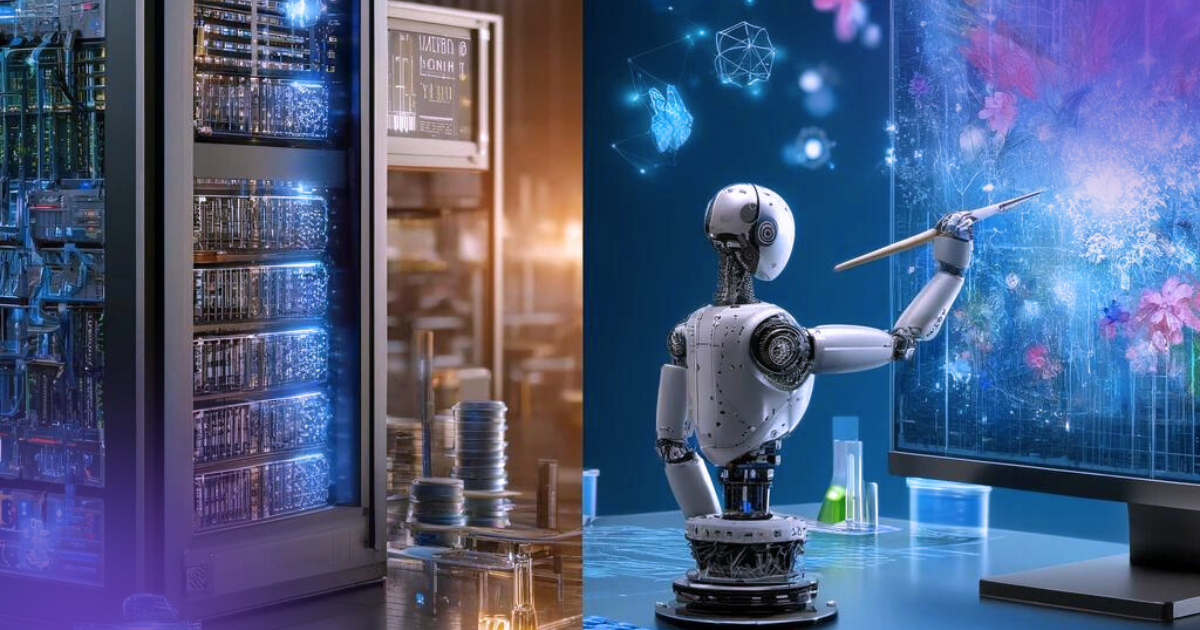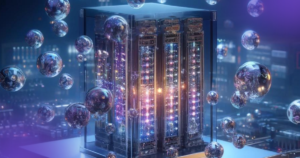In this scenario with high popularization of Artificial Intelligence (AI), this term turns on a buzzword and gives more influence. However, you may have noticed that there is a differentiation between two types of this technology: Traditional AI and Generative AI. Although both are based on Natural Language Processing (NLP), their objectives are different.
Traditional AI
This technology directs its attention to the intelligent execution of specific tasks. It therefore responds to a given set of inputs. Thus, these systems have the ability to learn from the data provided and make decisions. They can also make predictions based on this information.
Examples of applications:
- Voice Assistant: Siri (Apple), Alexa (Amazon) and Google Assistant (Google), i.e. using voice commands to perform tasks such as making calls, sending messages, among others.
- Search Algorithms: index and classify information on the web, returning relevant results according to users’ queries.
- Recommendation Mechanisms: mechanisms for suggesting movies, music, books, such as Netflix, Youtube, and others.
However, even though it is highly effective in many situations, it is still limited in innovating or creating new strategies. Therefore, its programming is not focused on generating original content or adapting scenarios outside its predetermined scope.
Generative AI
This form of technology can be considered the intelligence of the next generation. Because given its ability to create something new, such as an image, text, music and even computer code.
These intelligence models rely on machine learning and are fed large amounts of information. In this way, the models are trained to produce new content. They learn to identify input patterns based on a probability distribution and, when they receive a stimulus, they create similar patterns or results based on the data they have analyzed. In addition, they are able to create a new result.
Example applications:
- Graphic Design and Audio: automatic creation of images, layouts, audio or music.
- Software Development: creating interfaces, pointing out errors, suggesting code according to the user’s needs.
- Simulations and Responses: creating simulations in complex scenarios, such as weather forecasts, urban traffic modeling or virtual environments for training professionals. It can also be used for responses in customer support systems, answering queries and providing relevant information in a personalized and interactive way.
Thus, generative AI excels in scenarios of high creativity or extensive use of data. It is valuable in generating personalized content, filling in gaps in missing data and simulating scenarios where real data is restricted.
The growth of this revolutionary technology, which is changing our world in unimaginable ways, is therefore notable. We are here to help you on this journey of discovery and innovation, taking advantage of the best of artificial intelligence to create a more efficient, intelligent and connected future.




